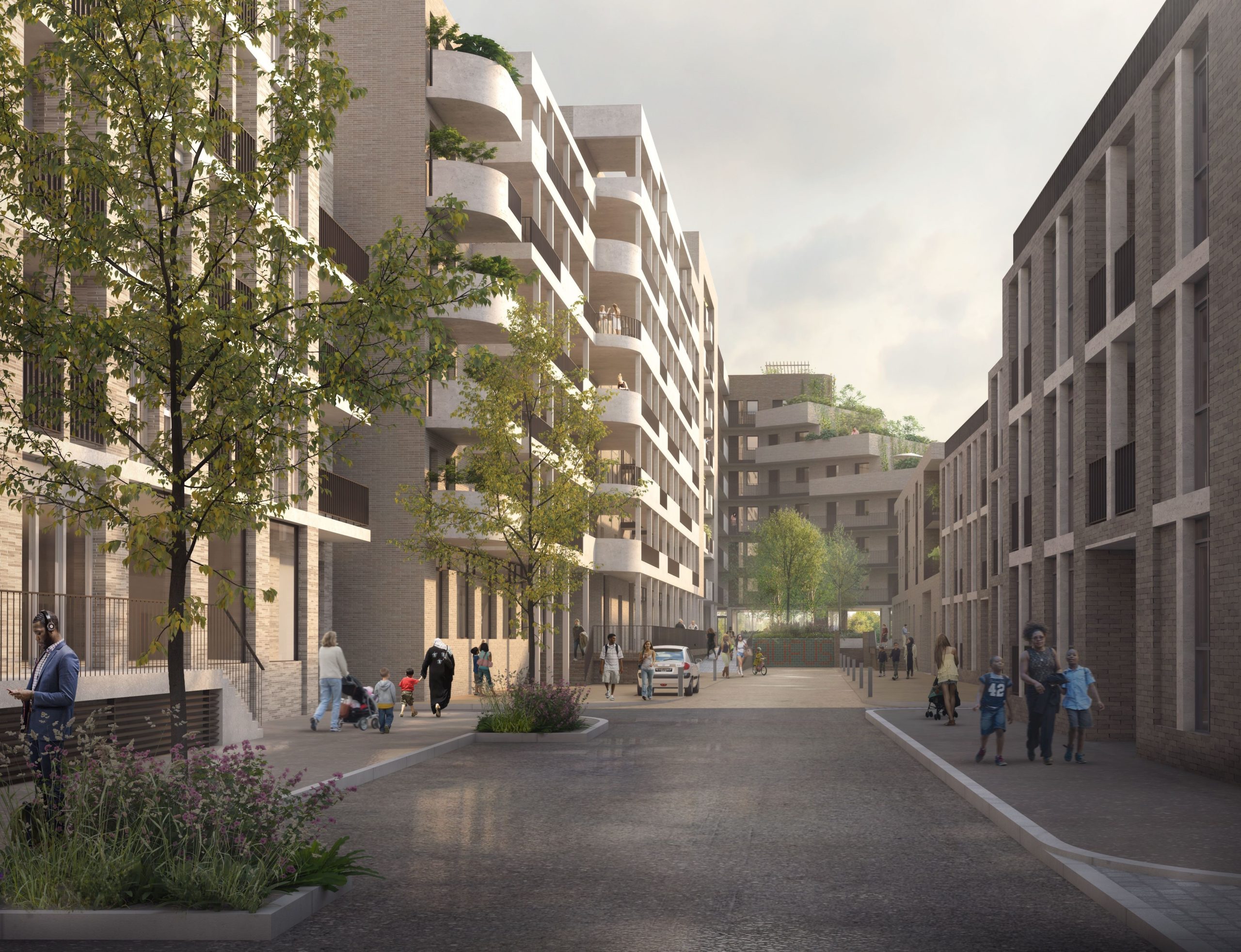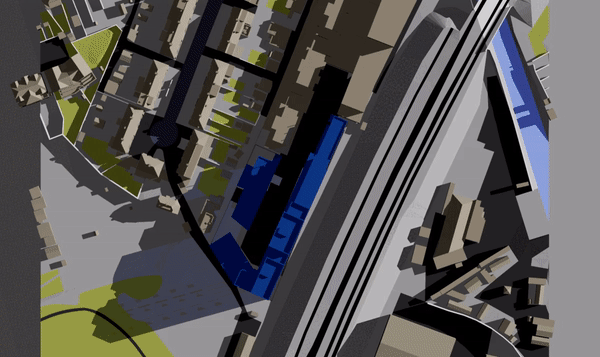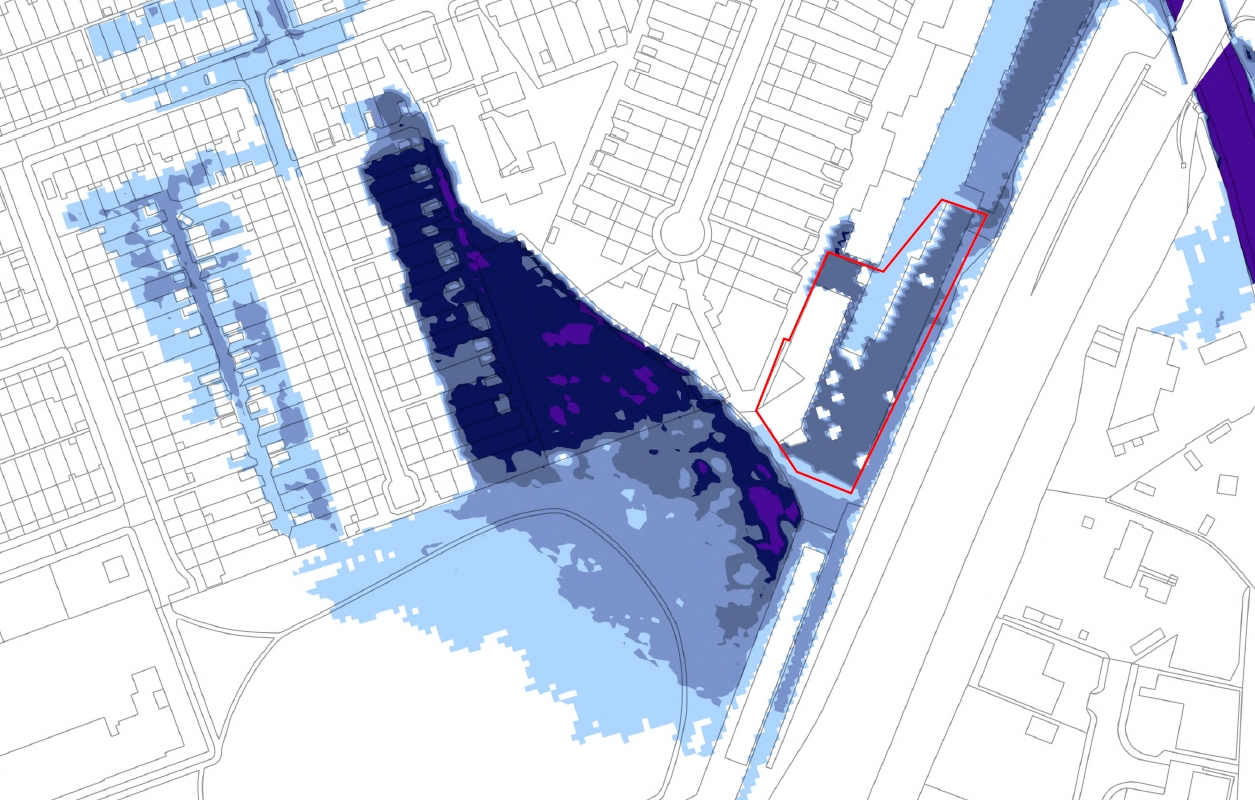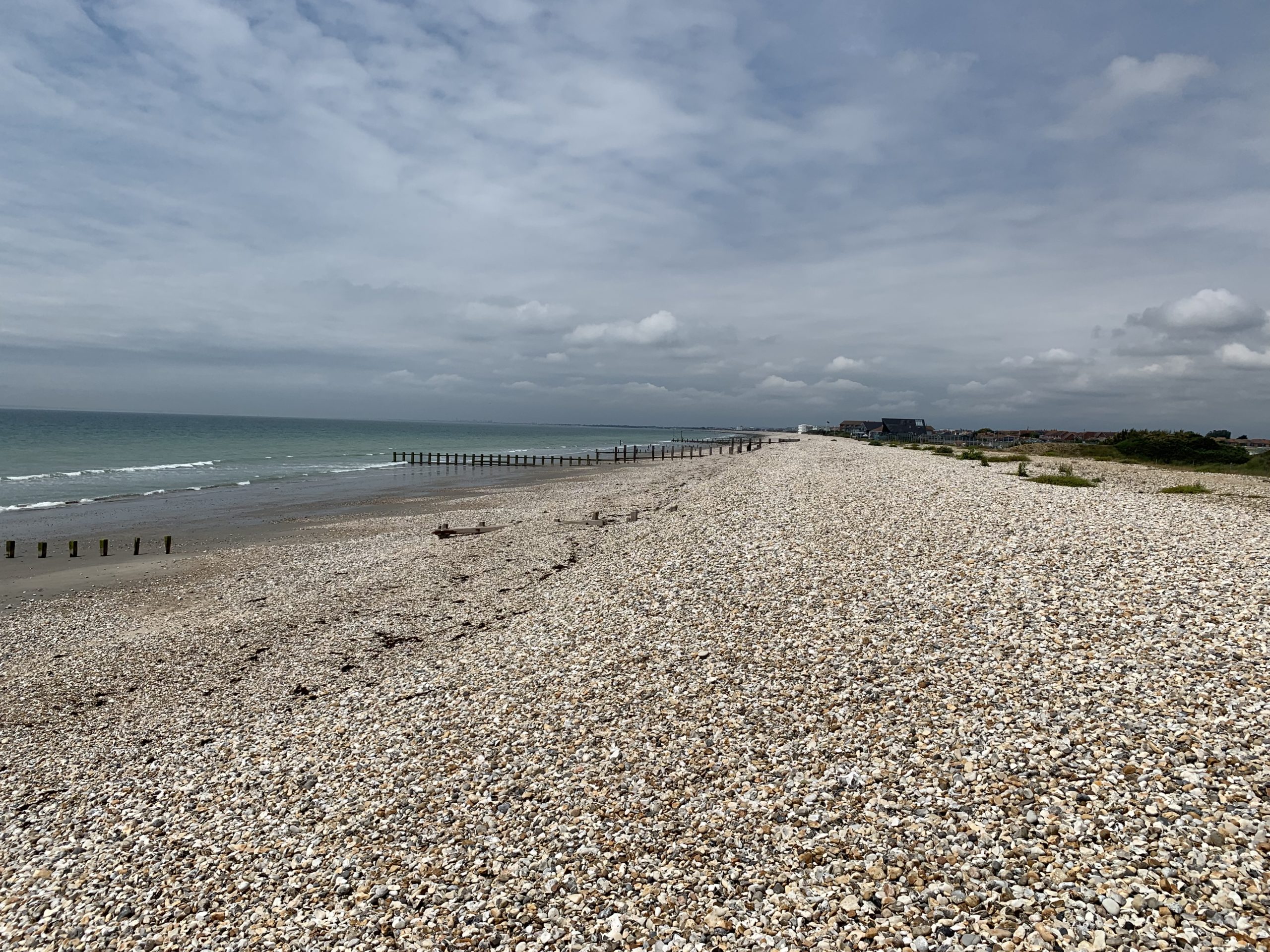A flagship contemporary church building on a prominent site along Peckham Road, London.
Scope of Work
Herrington Consulting were tasked with producing a Flood Risk Assessment and Surface Water Management Strategy for the site. Whilst the risk of flooding was deemed low from all sources, the drainage design proved more complex, with the proposed church and associated parking covering nearly the entire site and an existing sewer crossing the site.
Constraints/difficulties overcome as part of the project
Due to the invert level of the proposed sewer connection and the presence of an existing public sewer crossing the development site, it was necessary to keep all of the drainage above or as close to ground level as possible. Consequently, we utilised the flat lower level roof areas as green roofs and then provided permeable paving within the parking areas. We also worked with the LLFA to specify tree crates in the planted areas of the site to provide further SuDS and sustainability benefits.
The solution provided would result in a 99% reduction in discharge rates for the design event when compared to the existing site.
Images courtesy of Turner Jackson Day Associates
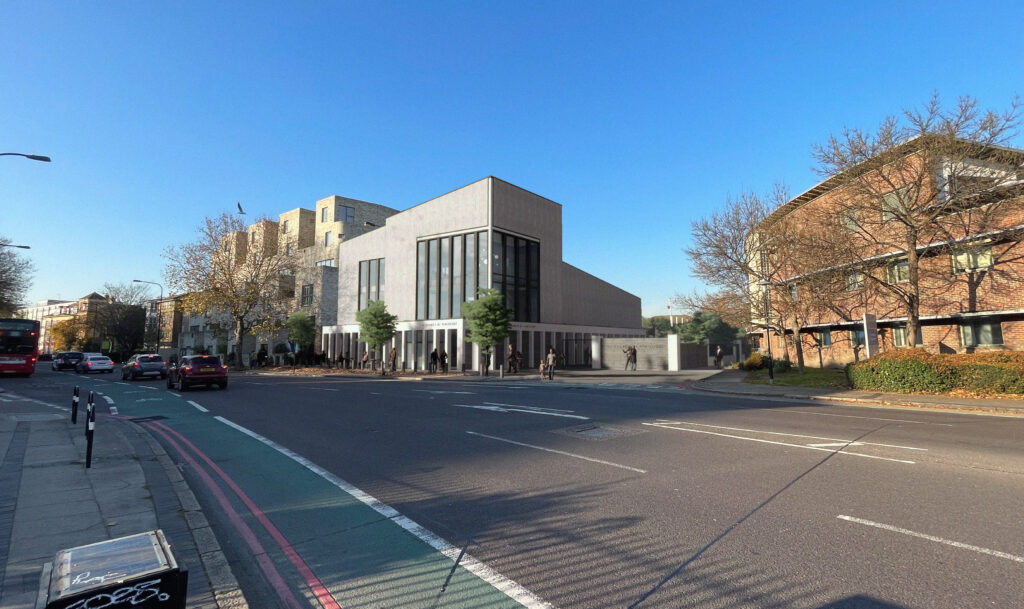
Overlap with other consultants
Architects – locations of SuDS, inclusion of green roof
We collaborated with the architects Turner Jackson & Day Associates to ensure that the proposed SuDS did not impact on the movement of people across the site and its intended use, whilst providing SuDS which offered wider sustainability benefits and green spaces.



